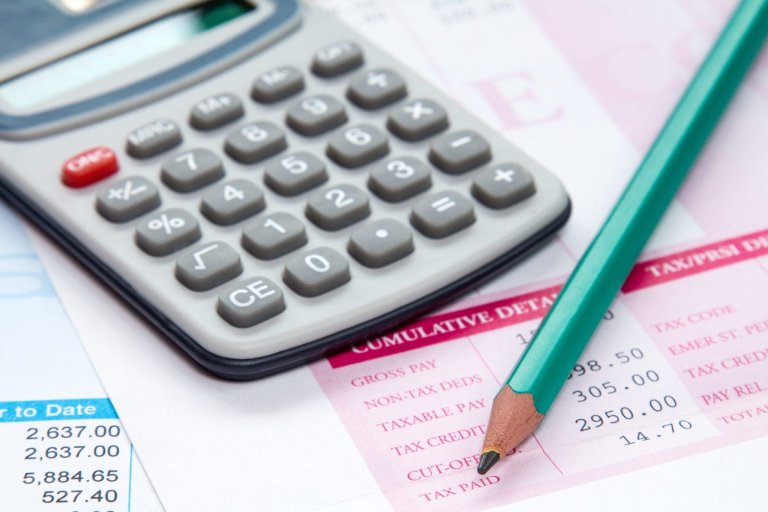Accurate financial statements are vital to the health of a successful startup company. While accounting may not be the most glamorous part of a startup founder’s job, this blog series will break down the accounting basics into smaller, manageable pieces.
The first blog in this series focuses on the Chart of Accounts, and how they are used to generate a company’s financial statements.
What is the Chart of Accounts?
The Chart of Accounts is a listing of the names of accounts used to record transactions in the company’s general ledger. These accounts are assigned a category: Assets, Liabilities, Equity, Income or Expense. These categories are further broken down into sub-categories such as, Current Assets, Other Current Assets or Non-current Assets. The Chart of Accounts organizes these accounts by type.
What is this listing of accounts used for?
These accounts will be shown on your company’s financial statements, so it is essential to have enough accounts to provide the detail necessary, but not too many where the end user of the financials is overwhelmed.
Are all Chart of Accounts the same?
No, that would be too easy. The Chart of Accounts vary between companies and are designed to suit the specific needs of an individual company. While most companies will have an “Office Supplies” expense account or a “Checking” asset account, there are certain accounts specific to each industry. For example, a service-based company may have no use for Cost of Goods Sold accounts, but the Cost of Goods Sold accounts are essential to a manufacturing company. Each business needs to determine specific items they want to keep track of. For example, to keep track of Administrative Salaries vs. Selling Salaries you would set up a separate account for each. The goal is to provide enough detail, but not too much detail where the financials end up unreadable because there is so much going on.
Do you have an example?
Sure do! Below is an example Chart of Accounts, separated by which financial statement they will ultimately appear on.
Balance Sheet
The Balance Sheet is an accumulation of all activity shown at a specific point in time, such as December 31. Compare this to the Income Statement shown below, which is for a period of time, January – December.
Assets: What the company owns of value
Current Assets – Can be quickly converted to cash if necessary
– Checking
– Savings
– Accounts Receivable – Amounts owed to the company from customers
– Inventory
Other Current Assets
– Prepaid Expenses
– Employee Loans
Non-Current Assets or Fixed Assets
– Furniture & Equipment
– Leasehold Improvements
– Accumulated Depreciation: Fixed Assets have a useful life of more than one year. They are not expensed in the year purchased, instead they are depreciated each year until the entire value has been recovered or until sold
Other Assets
– Intangibles
-Patents & Trademarks
-Organizational Costs
-Goodwill
-Accumulated Amortization: Same as Accumulated Depreciation, except these accounts are amortized each year
-Long-term Notes Receivable
Liabilities – What the company owes
Current Liabilities
– Line of Credit
– Credit Card Payable
– Accounts Payable: Amounts you owe to vendors
– Payroll Taxes Payable
Long-term Liabilities
– Mortgage Payable
– Auto Loan Payable
Equity = Assets – Liabilities
Equity is the value of the company determined by adding up all items of value the company owns and subtracting all items the company owes. Equity will vary based on the entity type, for example:
Additional Paid in Capital and Capital Stock – These both apply for C-Corporation and S-Corporation owners
Owner Contributions/ Distributions – Apply to LLC’s and partnerships. S-Corporations can also have distributions
Retained Earnings – Income is closed each year to the Retained Earnings account, which is used to keep track of earnings/losses of the company over time. C-Corporations and S-Corporations utilize the retained earnings account
Partner Capital Accounts – These accounts are similar to retained earnings for LLCs and partnerships. Each partners’ allocation of company income or loss, along with their contributions and distributions are consolidated into their capital account at the end of the year
Income Statement
The Income Statement, or Profit & Loss Statement, is used to show the company’s Net Income/Loss over a period of time: a month, quarter, year. At the end of each year, the Net Income/Loss is closed to the company’s Retained Earnings account and the statement starts over fresh with the opening of a new year. Learn more about the Income Statement.
Income
Product Sales
– Consulting Income
– Returns & Allowances – will show as a negative number, reduces income
– Discounts – will show as a negative number, reduces income
Other Income
– Interest Income
– Gain on Sale of Equipment
Cost of Goods Sold – Direct costs from the production of goods
-Purchases
-Materials & Supplies
-Freight
Expenses
-Advertising & Marketing
-Office Supplies
-Rent Expense
-Interest Expense
-Professional Fees
-Depreciation
-Amortization
-Travel
Other Expenses
– Loss on Sale of Equipment
The Chart of Accounts can be an overwhelming concept. Thankfully, most accounting software packages generate the list for you based on your industry. You can then customize the list to your specifications by adding, deleting or renaming accounts. Contact an Anders Advisor for help getting started. We have several templates available and can show you how to import our template into your software.




